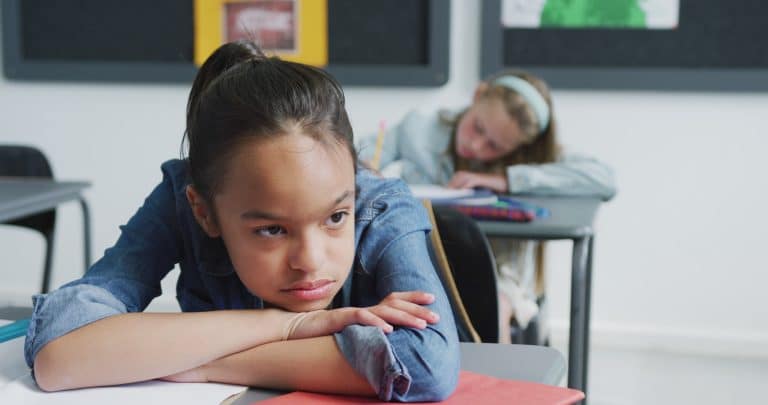
In today’s fast-paced, digital world, keeping students engaged and focused on their learning can be a challenging task for educators. Distractions are everywhere, and maintaining a classroom environment that fosters concentration and interest is essential for effective teaching. Here are some strategies to help educational professionals keep students engaged and focused on their learning.
1. Incorporate Interactive Activities
Interactive activities are a great way to capture students’ attention and make learning more enjoyable. These can include group discussions, hands-on experiments, and interactive digital tools. By involving students in the learning process, you can help them feel more connected to the material and motivated to participate.
2. Utilize Technology Wisely
Technology can be a double-edged sword in the classroom. While it has the potential to be a major distraction, it can also be a powerful tool for engagement. Use educational apps, interactive whiteboards, and online resources to create dynamic and engaging lessons. Make sure to set clear guidelines for technology use to minimize distractions.
3. Differentiate Instruction
Students have diverse learning styles and abilities, and a one-size-fits-all approach can leave some students disengaged. Differentiating instruction means tailoring your teaching methods to meet the needs of all students. This can involve varying the types of activities you use, providing additional support where needed, and offering challenging tasks for advanced learners.
4. Set Clear Goals and Expectations
Students are more likely to stay focused when they understand what is expected of them and what they are working towards. Set clear, achievable goals for each lesson and communicate these to your students. Providing a roadmap for learning helps students stay on track and see the value in their work.
5. Incorporate Movement and Breaks
Sitting still for long periods can be difficult for students, leading to loss of focus. Incorporate short breaks and movement into your lessons to keep energy levels up. Activities like stretch breaks, quick games, or even a walk around the classroom can help refresh students’ minds and keep them engaged.
6. Create a Positive Learning Environment
A positive and supportive classroom environment can significantly impact student engagement. Encourage open communication, celebrate successes, and provide constructive feedback. When students feel safe and valued, they are more likely to take risks and stay engaged in their learning.
7. Connect Learning to Real-Life Applications
Students are more likely to be interested in what they are learning if they can see how it applies to their lives. Whenever possible, connect lessons to real-world scenarios and practical applications. This helps students understand the relevance of their education and can increase their motivation to learn.
8. Encourage Student Autonomy
Giving students some control over their learning can boost engagement. This can be done by offering choices in assignments, encouraging self-directed projects, or allowing students to set personal learning goals. When students feel ownership of their education, they are more invested in the outcome.
9. Use Formative Assessments
Regularly check in on students’ understanding with formative assessments. These can be quick quizzes, exit tickets, or informal check-ins. Formative assessments provide immediate feedback and help you adjust your teaching to meet students’ needs, ensuring that they stay on track and engaged.
10. Build Strong Relationships
Building strong relationships with your students is crucial for maintaining engagement. Take the time to get to know your students, show interest in their lives, and build trust. When students feel that their teacher cares about them, they are more likely to be engaged and motivated to learn.
Engagement and focus are critical components of successful learning. By incorporating interactive activities, utilizing technology wisely, differentiating instruction, setting clear goals, and fostering a positive learning environment, educators can help keep their students engaged and focused. Remember, every student is unique, and it may take some experimentation to find the strategies that work best for your classroom. With dedication and creativity, you can create an engaging and dynamic learning experience for all your students.
